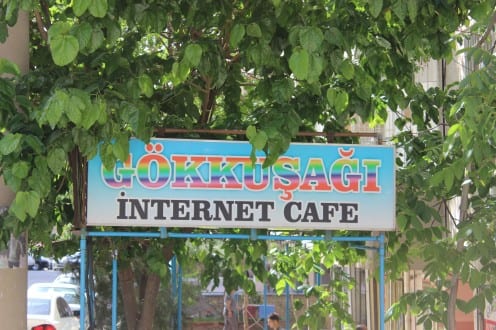What is the difference between a generalisation and a stereotype?
By Daniel Miller, on 5 January 2016

All anthropologists would agree that stereotypes cause harm and should be avoided. Yet anthropology mainly consists of generalisations about groups of people: the Nuer do this, the Trobriand Islanders do that, women do something more than men, Norwegians less than the French etc. But today any generalisation may be accused of perpetuating stereotypes. Saying that women do more washing up perpetuates the stereotype that women are associated with domestic labour. Saying that Irish people like Guinness or tell good jokes is said to perpetuate stereotypes.
We may not agree on the meaning of ‘truth’, but anthropology must have integrity, and report all observable generalisations irrespective of how the consequences are regarded. If we try to censor these in order to fit our own politics and values, we would rightly lose any credibility for our scholarship.
For this to be acceptable depends on two key differences between a generalisation and a stereotype. The first is called ‘essentialism’. A stereotype implies that the observation is based on an essential quality of that population, for example that women are ‘naturally’ more suited to washing up, the ‘Irish genes’ makes them funny. By contrast, we as anthropologists are responsible for investigating the historical and cultural reasons for the observed association. If Jews were associated with moneylending, it was not the result of Jewish ‘genes’ but historical prohibitions on Jewish landowning and Christians earning interest. Secondly, a generalisation must never become an assumption about any particular individual. A qualitative observation, as also a statistic, bears on some, but not all, of a population. It may be entirely untrue of that person and so should not be assumed of them.
The Why We Post project is comparative at its core, involving nine anthropologists looking at the same topics simultaneously around the world. In our forthcoming book, ‘How the World Changed Social Media’, we compare individual fieldsites which, for brevity, we refer to by their respective country names. When we say we are comparing our Turkish fieldsite with the Italian one we actually mean a site in southeast Turkey, mainly inhabited by Kurds and Arabs from many different backgrounds, is being compared with a site in the very south of Italy that has little in common with a place such as Milan. This comparative approach allowed us to appreciate the nuances of each fieldsite more fully, both while conducting fieldwork and during analysis.
We often describe things as typical or normative, but we always know that a) even the next town will be different, let alone a separate country b) each fieldsite contains internal differences by gender, income etc., c) even if we then specify a female, middle-class, well-educated English category, a particular individual within that category may show none of the associated traits.
But having established those caveats, we should not flinch from documenting the observable and comparative generalisations that we encounter, and thereby reject the argument that we should not be generalising in case it perpetuates a stereotype. Otherwise we will be unable to contribute to acknowledging, understanding and explaining cultural difference, which is our primary contribution as anthropologists.
 Close
Close












